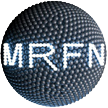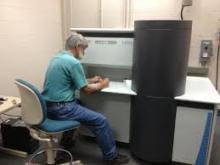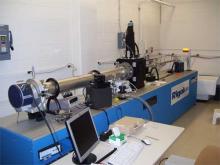Synopsis:
The Bruker D8 Discover diffractometer is ideally suited for rapid phase identification, stress analysis, and texture determination. It also has mapping capabilities with ~0.1 mm lateral resolution and can be configured for small angle x-ray scattering (SAX).
Advanced X-ray Diffraction System for Materials Research Applications







